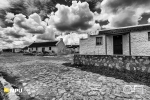


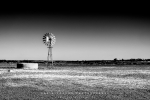
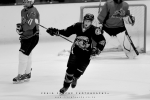



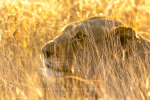
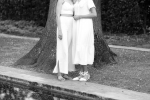


If you’re new to Nikon lenses, or perhaps even if you’re not, the endless strings of seemingly random letters that Nikon attaches to the end of their lens names can seem confusing. Beyond the basic focal length and aperture designations, there’s a lot you can learn from it.
Nikon lens naming system can sometimes be rather confusing, because Nikon uses letters and abbreviations to identify different lens components. Knowing what each of those stands for can be valuable, especially during the process of evaluating and purchasing lenses. Since Nikon has been producing lenses for so many years and the technology has significantly changed overtime, some of the older abbreviations are no longer used on modern lenses and those are marked appropriately below.
Most new lenses are autofocus, which Nikon thankfully designates as AF. That’s an easy one, but when it comes to non-autofocus lenses it rapidly gets more complicated. The earliest manual focus lenses didn’t need extra letters to designate them as such since no other kinds yet existed. Today however they are known as non-AI or pre-AI to distinguish them from the later AI lenses. If you have a lens with a funny metal forked prong (known commonly as “ears”) sticking out from one side near the bayonet mount, it may well be a non-AI lens. These ears actually mated with a prong on early camera bodies. To tell for sure if it is non-AI, check the outer black rim around the lens mount. If it’s continuous and smooth all the way around, you have a non-AI lens. Today, purchasing non-AI lenses is pretty much limited to lens collectors rather than photographers. In fact, such lenses aren’t even compatible with current bodies and can in fact cause damage if used.
The designation AI stands for auto-indexing. These lenses still have ears for backward compatibility but now have an AI ridge on the edge of the lens mount as described above. This made changing lenses far simpler since the camera and lens mated correctly pretty much on their own. AIS lenses are similar but have a scoop shaped groove machined into the bottom of the lens mount to improve the process. Nikon used to offer a service to modify a non-AI lens to add an AI ridge (referred to as being “AI’d”). There are still a few companies out there who can do this if you are in need – Google is your friend.
Around about 1986 Nikon introduced AF lenses that featured a CPU chip built into the lens. Computer components are commonplace today, but this was indeed radical back then. Still, other companies were coming out with AF lenses too so Nikon had to compete. In addition to the mechanical couplings that earlier lenses had, AF lenses included a row of small metal bumps that served as electrical contacts on one side of the lens mount rim. Over the years Nikon has added additional electrical signals and it is quite common for new lenses to have more contacts than are utilized by current bodies so Nikon can build a path to the future.
Early AF lenses were designated simply as AF but Nikon later came out with AF-D to pass a distance signal based on how the lens was focused. AF-D was mainly just hype, the signal consisted mainly of just “near” or “far.” It wasn’t an actual distance measurement in feet or meters or anything. Some macro situations did benefit from the added information though, primarily in terms of flash coverage.
Then came AF-S which offered a huge advantage in that the lens contained a motor to focus much more quickly than earlier AF systems that made use of a mechanical linkage to a focusing motor in the body. The “S” stands for “silent wave” and compared to the earlier gear linage system, it was amazing. Quite a few lenses these days are AF-S but when they came out they were revolutionary. Being able to focus that quickly was cool indeed.
There were and still are a few AI-P lenses that weren’t auto-focus but still had CPUs in them. I currently own the 24 and 45mm macro tilt-shift AI-P. Having a CPU allows them to be compatible with all current Nikon bodies even if you do have to focus them yourself. Don’t be confused by the letter “P” in the names of some non-AI lenses which stood for five (“penta”). For a number of years Nikon labeled lenses based on how many elements they contained. “Q” stood for “quadra” (4), “H” for “hexa” (6) and so on. If you are unsure, look for the row of metal bumps on the rim of the mount.
These are the main types of lenses Nikon has produced thus far. Additionally, there are quite a few letters that have been used to describe various features. Here are some of the main ones:
Here is a detailed list of all Nikon lens abbreviations:
Example
Let’s take a look at the following Nikon lens:
Finally, even Nikon lens hoods have meaningful acronyms; the letters in the name of the hood specifies something about the hood itself:
Lens hoods can either be metal, plastic or carbon fibre.
If you need to determine what other third party vendor’s names are for the same Nikon lens attributes, here are the primary things you need to know:
| Nikon | Sigma | Tamron | Tokina | |
| Lens with motors | AF-S or AF-I | HSM | USD | IF-S |
| Lens with stabilization | VR or VR II | OS | VC | not applicable |
| Lens for Full Frame Cameras | (FX) | DG | Di | (FX) |
| Lens for Cropped Frame Cameras | DX | DC | Di II | DX |
I hope this sheds some light on the subject and helps you make an informative decision on your next Nikon lens, whether you buy locally new or second hand on eBay or Amazon.
Information sourced from various websites and adapted for this blog, including:
http://www.earthboundlight.com/phototips/nikon-lens-letter-codes.html
https://support.nikonusa.com/app/answers/detail/a_id/9919/~/glossary-of-nikkor-lens-terms
https://photographylife.com/
Please subscribe to my free monthly NO-SPAM newsletter which will inform you of any new workshops, activities, products and upcoming events.
SUBSCRIBEI am a Western Cape Winelands photographer based in South Africa, photographing locally and internationally. I am a registered NPS (Nikon Professional Services) member, a contributor to Nikon South Africa's social media pages and website. I photograph a broad variety of genres, using film - 35mm, 120, 127 and 4x5" 4x10, 5x7" & 8x10" format as well as digital medium and are very passionate about my work.
My work has been published in various South African newspapers and magazines including Atlantic Gull Magazine with a cover, SA4x4, HIGH LIFE (British Airways Magazine), Getaway Magazine, Wildside Magazine and Weg!/go! Magazine. I finished as a Top Ten finalist in the 2016 Getaway Magazine Gallery Competition, finishing with Highly Commended. The South-African national news broadcaster eNCA has also made use of video footage that I have produced.
Please feel free to comment and share. You can also click on the social media buttons in the footer below and see what I am currently doing, or sign up for my newsletter and follow me.
Until next time, thanks for your support, appreciating my work and reading my blogs.
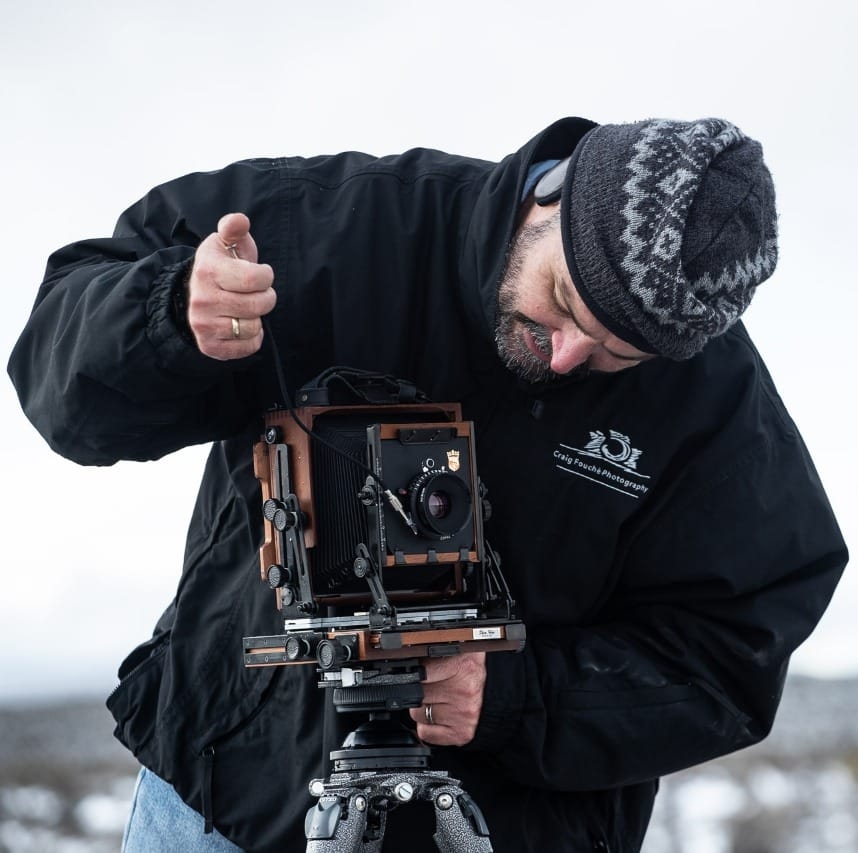
Craig Fouché, Rogge Cloof, Sutherland, South-Africa ©2020 Kirsten Frost Photography